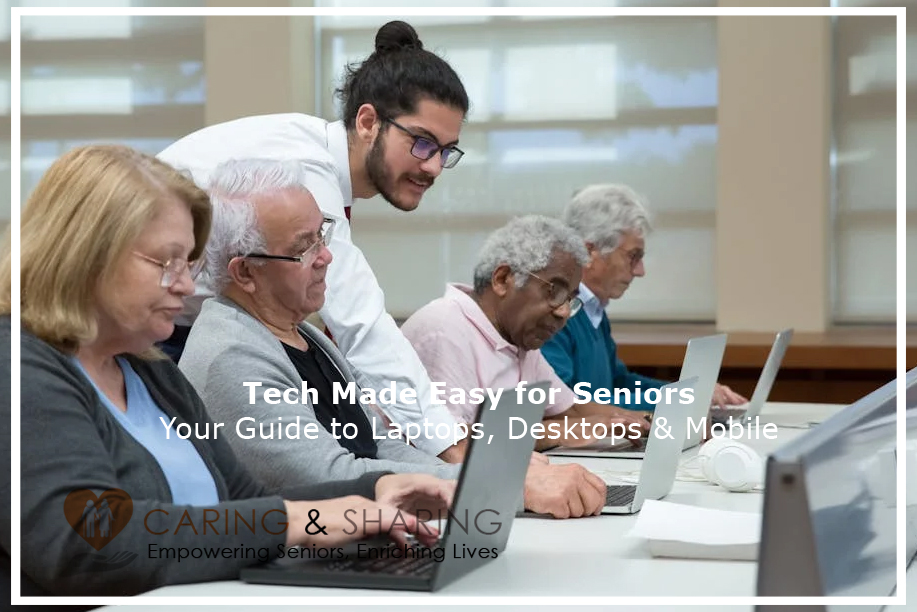The golden years are often associated with wisdom, leisure, and cherished moments with loved ones. However, navigating this stage of life can also present unique challenges for older Americans. From financial security concerns to social isolation and health issues, these challenges can significantly impact their well-being. This article (5 Actionable Steps to Combat Ageism and Empower Senior Citizens of America) delves into these challenges and solutions for older Americans, exploring practical strategies to empower them to live fulfilling and independent lives.
As the American population ages, supporting our older adults becomes increasingly important. While aging is a natural part of life, it can also present unique challenges.
Let’s Dive Deep into the Challenges Faced by Senior Citizens of America:
Understanding the Challenges:
1. Financial Insecurity:
Limited Income: Fixed incomes from Social Security and pensions may not keep pace with rising costs of living, especially for basic necessities like housing, food, and healthcare.
Medical Expenses: Increasing healthcare costs, coupled with potential gaps in Medicare coverage, can leave older adults struggling to afford necessary medications and treatments.
Retirement Savings Shortfall: Lack of adequate retirement savings or unexpected life events can significantly impact an individual’s financial security later in life.
Solutions:
Retirement Planning: Starting early and utilizing tools like IRAs and 401(k)s can help ensure a comfortable retirement.
Exploring Government Assistance: Programs like Social Security Supplemental Income (SSI) and Medicare Savings Programs can provide additional financial support for qualified individuals.
Financial Literacy Education: Equipping older adults with financial knowledge and resources empowers them to make informed decisions regarding their finances.
2. Social Isolation and Loneliness:
Retirement: Transitioning from a work environment with built-in social interaction can lead to feelings of isolation and loneliness.
Loss of Loved Ones: Facing the loss of spouses, friends, and family members can be a significant source of grief and loneliness.
Mobility Limitations: Difficulty getting out and about due to physical limitations can restrict opportunities for social interaction.
Solutions:
Connecting with Others: Encouraging participation in senior centers, volunteer work, or local community events fosters social connections and combats loneliness.
Utilizing Technology: Staying connected with loved ones through video calls, social media platforms, and online communities can bridge the physical distance.
Intergenerational Programs: Programs that connect older adults with younger generations can provide companionship and a sense of purpose.
3. Declining Health:
Chronic Conditions: Age-related health concerns like diabetes, heart disease, and arthritis can require ongoing medical management and impact daily life.
Sensory Decline: Vision and hearing loss can lead to communication difficulties, social isolation, and increased risk of falls.
Reduced Mobility: Difficulty with physical activities like walking, climbing stairs, and dressing independently can decrease independence and increase dependence on others.
Solutions:
Preventive Care: Regular checkups, screenings, and maintaining a healthy lifestyle with good nutrition and exercise can help prevent or manage chronic conditions.
Assistive Technologies: Utilizing tools like walkers, canes, hearing aids, and grab bars can improve mobility and maintain independence in daily living.
Telehealth Services: Remote access to healthcare consultations and monitoring can offer convenient and timely medical care.
You may read another related post: Essential Guide to Keeping Seniors Safe and Warm in Winter
4. Ageism:
Negative Stereotypes: Negative perceptions about older adults being less capable, less tech-savvy, or less productive can be harmful and limiting.
Discrimination: Ageism can manifest in various ways, like hiring bias, reduced access to services, and social exclusion.
Self-Fulfilling Prophecy: Internalized ageist beliefs can lead to decreased motivation, decreased confidence, and disengagement from activities.
Solutions:
Advocacy: Raising awareness about ageism and its negative impact on individuals and society is crucial.
Intergenerational Interaction: Fostering opportunities for interaction and positive connections between different age groups can dismantle stereotypes and promote understanding.
Challenging Biases: Individually and collectively, we can challenge ageist assumptions and promote inclusive practices that value the contributions of all individuals regardless of age.
By understanding the specific challenges faced by older Americans and exploring potential solutions, we can work towards creating a more supportive and inclusive environment that empowers them to live fulfilling and independent lives.
You may read another related post: Hollywood’s Age-Defying Secrets: How Actresses Stay Radiant?
5. Additional Resources:
A Brighter Future for Our Golden Generation: Taking Action
The solutions explored in this article are just the beginning for Senior Citizens of America. By fostering open communication with your loved ones, understanding their individual needs and aspirations, and collaborating with professionals and community resources, you can create a personalized support system that empowers them to thrive in their golden years.
Here are some additional resources and strategies to consider:
Explore online resources and support groups specifically geared towards helping families navigate the challenges of aging loved ones. Websites like the National Council on Aging (https://www.ncoa.org/index.htm) and the Administration for Community Living (https://acl.gov/) offer valuable information and guidance.
Remember, aging is a natural part of life, and with the right support systems and resources, older adults can continue to lead fulfilling and independent lives.
Closing Comments
How to help elderly parents stay independent: By fostering open communication and understanding their needs.
Best retirement savings strategies for older adults: Consulting with a financial advisor.
Tips for staying social after retirement: Volunteering, pursuing hobbies, utilizing senior centers.
Affordable healthcare options for seniors: Exploring Medicare and Medicaid programs.
Overcoming age discrimination in the job search: Advocating for anti-discrimination policies. (Not directly mentioned but implied through advocating for fair treatment.)
Assisted living vs. nursing home care: Carefully evaluating individual needs and preferences. (Not directly mentioned but implied through seeking appropriate care options.)
Applying for social security benefits: Researching eligibility and applying through the Social Security Administration.
Managing chronic health conditions in old age: Working with healthcare professionals and adopting healthy lifestyle habits.
Mental health resources for older adults: Seeking professional help and utilizing available resources.
Staying active and healthy in your golden years: Exercising regularly, maintaining a healthy diet, and engaging in stimulating activities.
Tags:
- Challenges Faced By Older Adults
- Solutions For Senior Citizens
- Financial Planning For Retirement
- Combating Loneliness In Seniors
- Maintaining Health In Old Age
- Ageism In The Workplace
- Senior Living Options
- Government Assistance Programs For Seniors
- Long-Term Care Options
- Mental Health In Older Adults
- How To Help Elderly Parents Stay Independent
- Best Retirement Savings Strategies For Older Adults
- Tips For Staying Social After Retirement
- Affordable Healthcare Options For Seniors
- Overcoming Age Discrimination In The Job Search
- Assisted Living Vs. Nursing Home Care
- Applying For Social Security Benefits
- Managing Chronic Health Conditions In Old Age
- Mental Health Resources For Older Adults
Note: You may contact us if you need any specific information from us, we will try to find if for you.
Note: This website is designed, developed and maintained by: Wind Song





